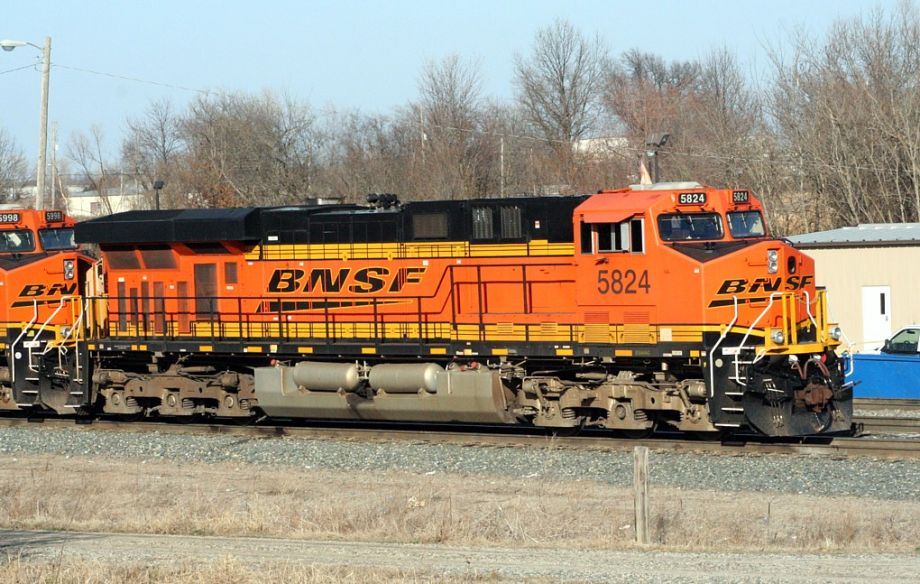Of all the deregulatory measures implemented by the federal government in the 1980s, freight rail is widely considered among the most successful. The Staggers Rail Act of 1980 rolled back a century of regulation by the Interstate Commerce Commission, which tightly controlled shipping rates and mergers. Freight railroads declined precipitously during the postwar years, with bankruptcies becoming common in the 1970s. (The 1970 bankruptcy filing of Penn Central, which combined the Northeast’s two largest railroads — New York Central and the Pennsylvania Railroad — was the most famous).
The Staggers Rail Act aimed to staunch this decline by easing up ICC rules, which had been written during an era when railroads had a technological monopoly in transportation. That is, before the advent of cars and, crucially for the freight business, trucks. It worked. After a period of consolidation and mass downsizings, the American freight rail sector is very strong, posting large profits and investing heavily in its own infrastructure without much government aid. It stands in stark contrast to the country’s perennially struggling and subsidized passenger rail sector.
While Staggers was good for the industry and its customers, it wasn’t so great for workers. Though total freight railroad employment leveled off around 2004 and has remained steady since, it came on the heels of more than two decades of aggressive staffing cuts following deregulation, with employment slashed by two-thirds from the years immediately preceding Staggers.
“There is a widespread belief,” reads a paper on freight rail restructuring published in the Journal of Transport Economics and Policy last month, “that the success of enterprise restructuring hinges on downsizing of the workforce.”
A simple look at the data shows “that reductions in workforce are highly correlated with increases in firm performance.” Yet the authors’ more complex econometric analysis finds that “rail reforms are not just about shedding labor and reducing network size; rather, success” — that is, increased productivity — “hinges on the right mix of defensive and strategic measures.”
Defensive measures include things like slashing the workforce and abandoning unprofitable rail lines, while strategic measures are more innovative. They involve using new technology like double-stack containers, changing the composition of the workforce (as opposed to reducing its overall size), or handling different kinds of freight. The authors found that defensive measures — closing lines and firing workers — were most effective when combined with strategic measures.
One of the biggest innovations of the deregulatory era has been the rise of intermodal freight, or loads that only spend part of their trip on the rails and the rest on trucks or boats. Only 10 percent or less of Class I carloads were made up of intermodal freight before 1980, but that number climbed above 30 percent by 2004. In 2003, for the first time ever, intermodal freight brought in more revenue than coal for the largest freight railroads.
And while total employment plummeted after deregulation, the composition of the remaining workforce has also changed. The proportion of professional and administrative employees — distinct from executives and officials, whose share remained constant — at the Class I railroads declined, while train and engine employees now make up more than 40 percent of the workforce, up from 30 percent pre-Staggers.
Finally, there has been massive industry consolidation. There were 34 Class I freight railroads — defined in 2011 as railroads with more than $433.2 million in annual revenue, a figure that’s adjusted for inflation — in 1980, compared to seven today. This has led railroads to operate more miles of track and increased each firm’s overall market share.
The authors suggest that the findings could be useful for European countries looking to reform their own freight networks, which are generally not as widely used as those in the U.S. While Deutsche Bahn in Germany and France’s SNCF have also cut their railway labor forces, other countries have not.
An earlier version of the paper is available for free online.
The Works is made possible with the support of the Surdna Foundation.
Stephen J. Smith is a reporter based in New York. He has written about transportation, infrastructure and real estate for a variety of publications including New York Yimby, where he is currently an editor, Next City, City Lab and the New York Observer.

















